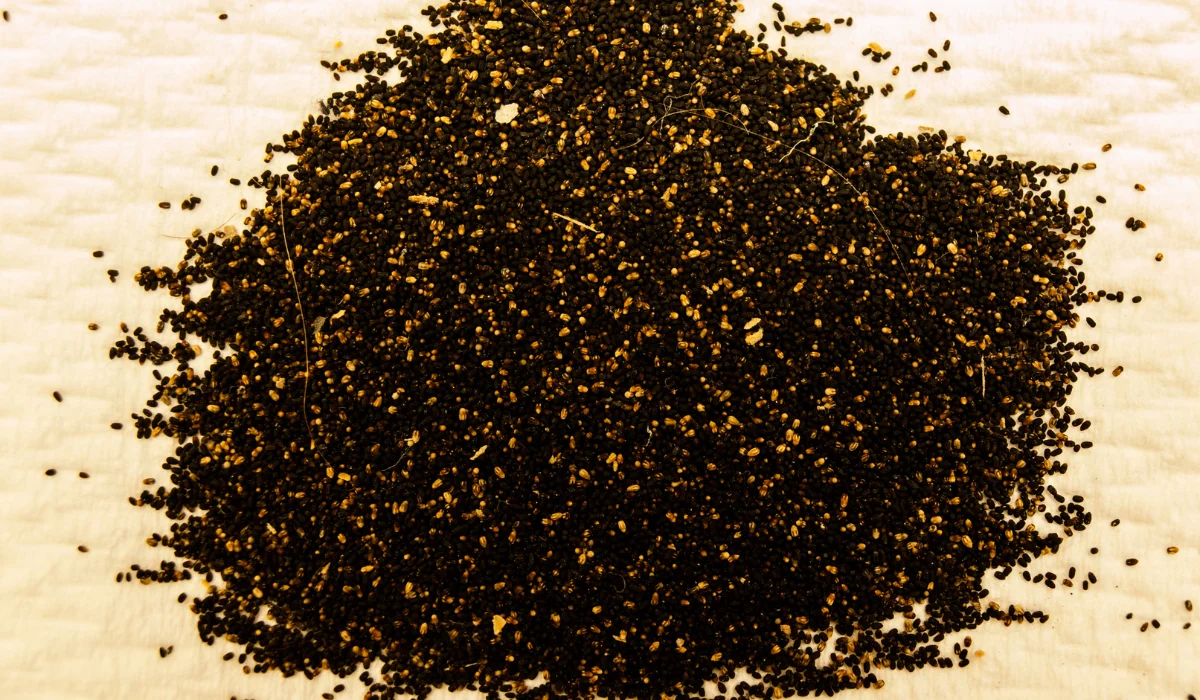Have you ever wondered what rat snakes are? While rat snakes provide natural pest control, they can still pose risks when they venture too close to homes or other populated areas.
Understanding these non-venomous snakes helps maintain safe, snake-free properties. Keep reading to learn more about effective prevention tips and safety measures for dealing with rat snakes in Louisiana.
Key Takeaways
- Rat snakes in Louisiana are non-venomous reptiles that live in forests, fields, and near water.
- These snakes have different looks, including black, gray, yellow, and orange, that blend into their surroundings.
- Rat snakes are harmless but may bite if provoked and can vibrate their tails to sound like rattlesnakes.
- Effective ways to keep rat snakes away include sealing gaps, trimming plants, and calling pest control professionals.
WHAT ARE RAT SNAKES IN LOUISIANA?
Rat snakes are part of the reptiles of Louisiana. They belong to the Colubridae family, which includes many harmless snakes. These non-venomous snakes thrive in dense forests and water sources along the Mississippi River.
Physical Appearance
Rat snakes in Louisiana showcase various colors and patterns. Juveniles usually have more vivid patterns, which fade with age. Adult snakes can grow six feet or more. This diverse appearance sometimes makes them mistaken for other local reptiles like the black racer or ribbon snakes.
Diet and Hunting Behavior
The diet of rat snakes is diverse. Most of their diet includes amphibians like frogs and small mammals like rodents. They also consume birds and bird eggs, especially during the nesting season. They are adept climbers, scaling trees or entering barns where they’ve earned the common name “chicken snake” for preying on eggs.
Common Habitat
In Louisiana, rat snakes thrive in a range of habitats. They are commonly found in forests, fields, and areas near water bodies like swamps and bayous. Central Louisiana offers ample forested and agricultural land, like the Kisatchie National Forest. They are also frequent visitors to suburban gardens and rural properties.
Common Species
Louisiana is home to several types of rat snakes. Here’s a look at the distinct types and their notable features:
- Texas Rat Snake, a subspecies of the Western Rat Snake, is yellowish-brown to gray with dark blotches and is known for being an excellent climber.
- Western Rat Snake, or the Black Rat Snake, is solid black with a white chin and belly and can reach lengths of up to six feet.
- Gray Rat Snake has a gray body with darker gray or brown blotches and often blends in with tree bark.
- Yellow Rat Snake has a yellow or orange body with four dark longitudinal stripes and is found near marshes and water sources.
ARE RAT SNAKES IN LOUISIANA DANGEROUS?
Rat snakes in Louisiana generally pose little threat to humans. Unlike the rattlesnake or cottonmouth, rat snakes do not have venom glands. Instead, they rely on constriction to subdue rodents and birds.
Bites can occur if they feel cornered or threatened. These bites typically cause minor injuries. Compared to venomous snakes such as copperheads and coral snakes, it lacks potency, serving more as a warning.
Like kingsnake, these constrictors may exhibit certain behaviors to deter predators under stress. They might mimic dangerous species like pygmy rattlesnakes by vibrating their tails in dry leaves, creating a rattling sound.
Others might hiss or lift their heads off the ground in a defensive posture. These tactics often suffice to avoid actual confrontation.
HOW TO PREVENT RAT SNAKES FROM ENTERING YOUR PROPERTY
While rat snakes can be a common sight in areas like Louisiana and Florida, preventing their entry into your property avoids unexpected encounters.
Here’s what to do to keep them out of your yard:
- Seal gaps and cracks around foundations and garages.
- Trim back trees and shrubs from the house.
- Remove piles of debris, wood, or rocks.
- Store firewood at least a foot off the ground.
- Install snake-proof fencing.
The Louisiana Department of Wildlife and Fisheries advises contacting local wildlife experts or pest control professionals for persistent issues and expert help.
HOW TO DEAL WITH RAT SNAKES IN LOUISIANA SAFELY
Unexpected encounters with rat snakes can be alarming, especially when preventive measures are in place. Here are some steps to handle them safely during this situation:
- Remain calm and avoid sudden movements.
- Maintain a safe distance by observing the snake’s movements.
- Do not attempt to handle or provoke the snake, as this may trigger defensive behavior.
- Create a clear path for the snake to exit your property or space.
- If needed, use a long, non-sharp object to guide the snake away from high-traffic areas gently.
- If the snake is in a difficult location or does not leave, contact a pest control expert or wildlife professional.
- After the encounter, check your property for gaps or openings and seal them to prevent future visits.
IS IT TIME TO CALL PEST CONTROL FOR RAT SNAKES?
Spotting a rat snake in the yard might surprise some, but not every encounter calls for alarm. If they linger, it’s usually due to abundant rodent activity, as these snakes hunt mice and rats. But it may be time to call pest control when you constantly find rat snakes indoors despite efforts to snake-proof your home.
Whether you’re in Baton Rouge or New Orleans, seeking expert help should be easy. For immediate intervention for a severe infestation, let Lajaunie’s snake specialists tailor a solution that’s right for your home.
For more information about our services, visit our service page.
 By: LaJaunie's Pest Control
By: LaJaunie's Pest Control 



